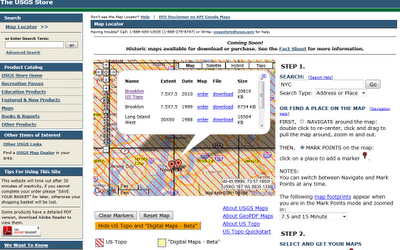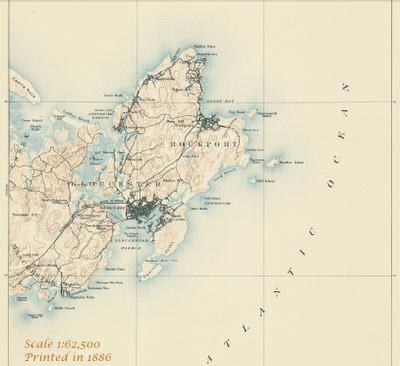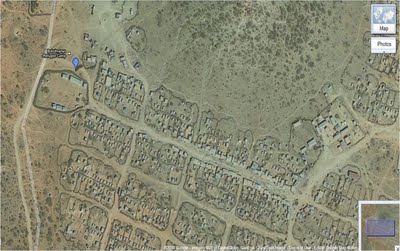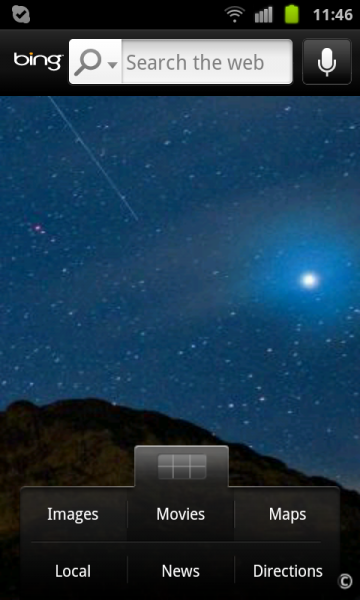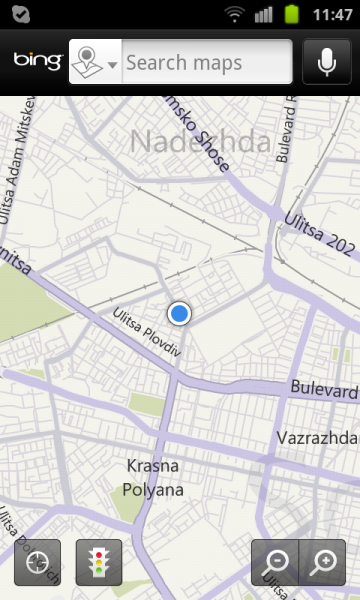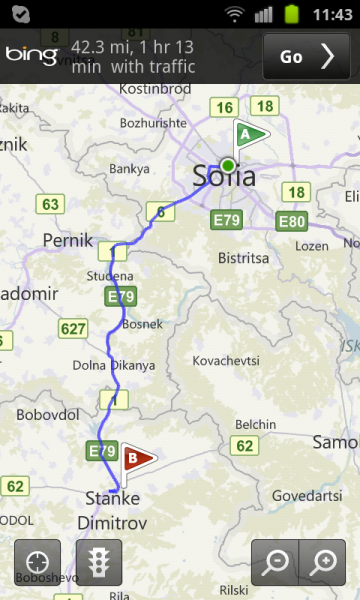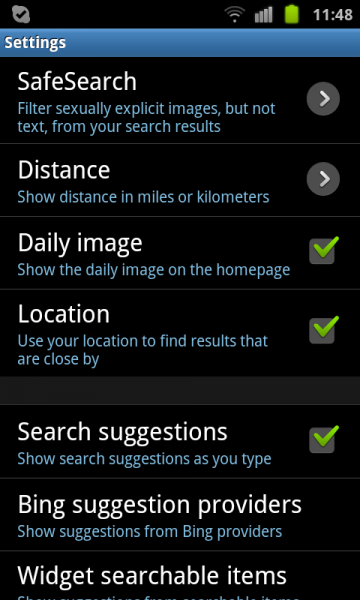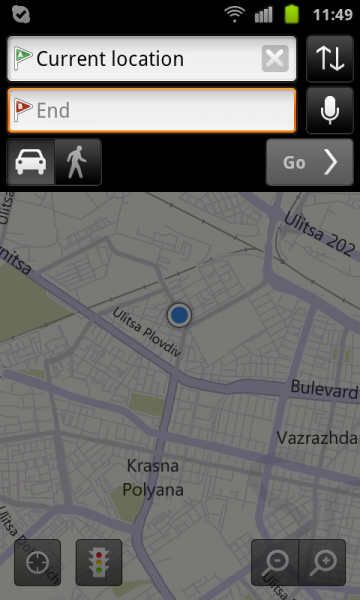USGS Historical Map Release (Coming Soon)
The USGS Historical Quadrangle Scanning Project (HQSP) is scanning all scales and all editions of approximately 250,000 topographic maps published by the U.S. Geological Survey (USGS) since the inception of the topographic mapping program in 1884.
National Map Viewer can locate historical Maps for user to download
Because historical maps are stored in a limited number of collections and are not readily available, the USGS National Geospatial Program has begun a project to convert these historical printed topographic quadrangles to an electronic format (GeoTIFF and GeoPDF®). This project serves the dual purpose of creating a master catalog and digital archive copies of the irreplaceable collection of topographic maps in the USGS Reston Map Library as well as making the maps available for viewing and downloading from theUSGS Store and The National Map Viewer.
One of the first Maps Created by USGS back in1886 will be available to download.
Source:
http://dracutlibrary.wordpress.com/2011/08/11/historical-maps/
Official PDF on the project
http://pubs.usgs.gov/fs/2011/3009/fs20113009_013111.pdf [PDF]
Link to the National Map Viewer [USGS Store]
*Some maps will require a purchase – but most will be free of charge to download in GeoPDF and GeoTiff formats.
Mapperz Mapping News Blog
